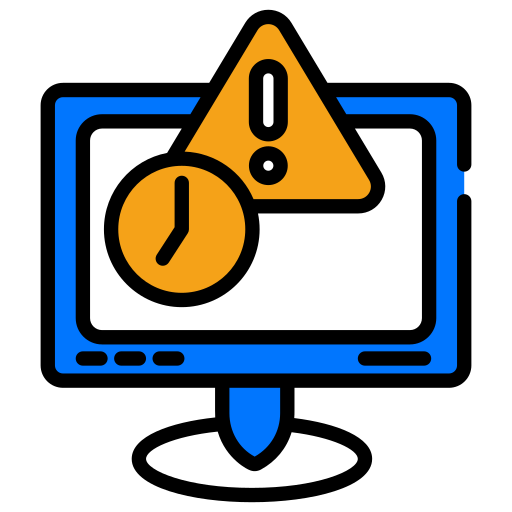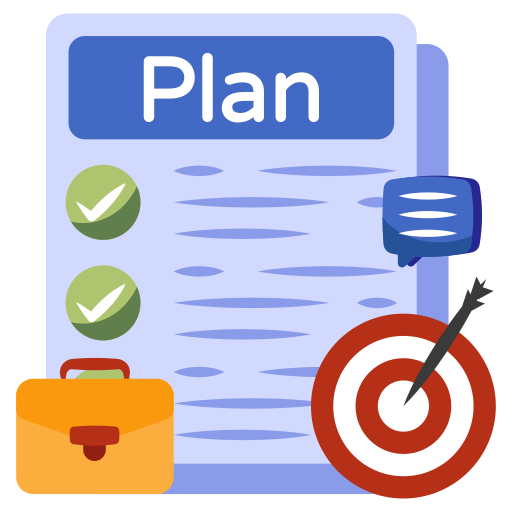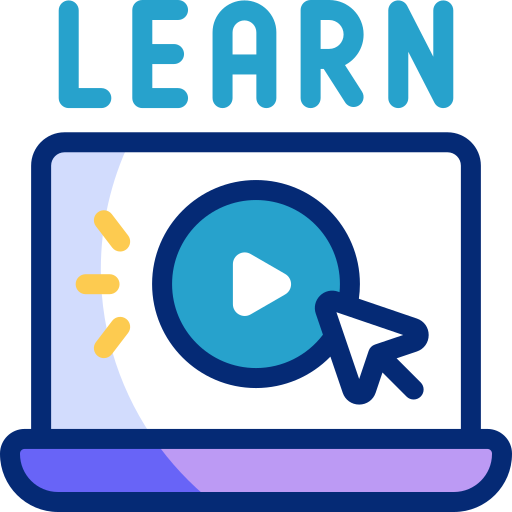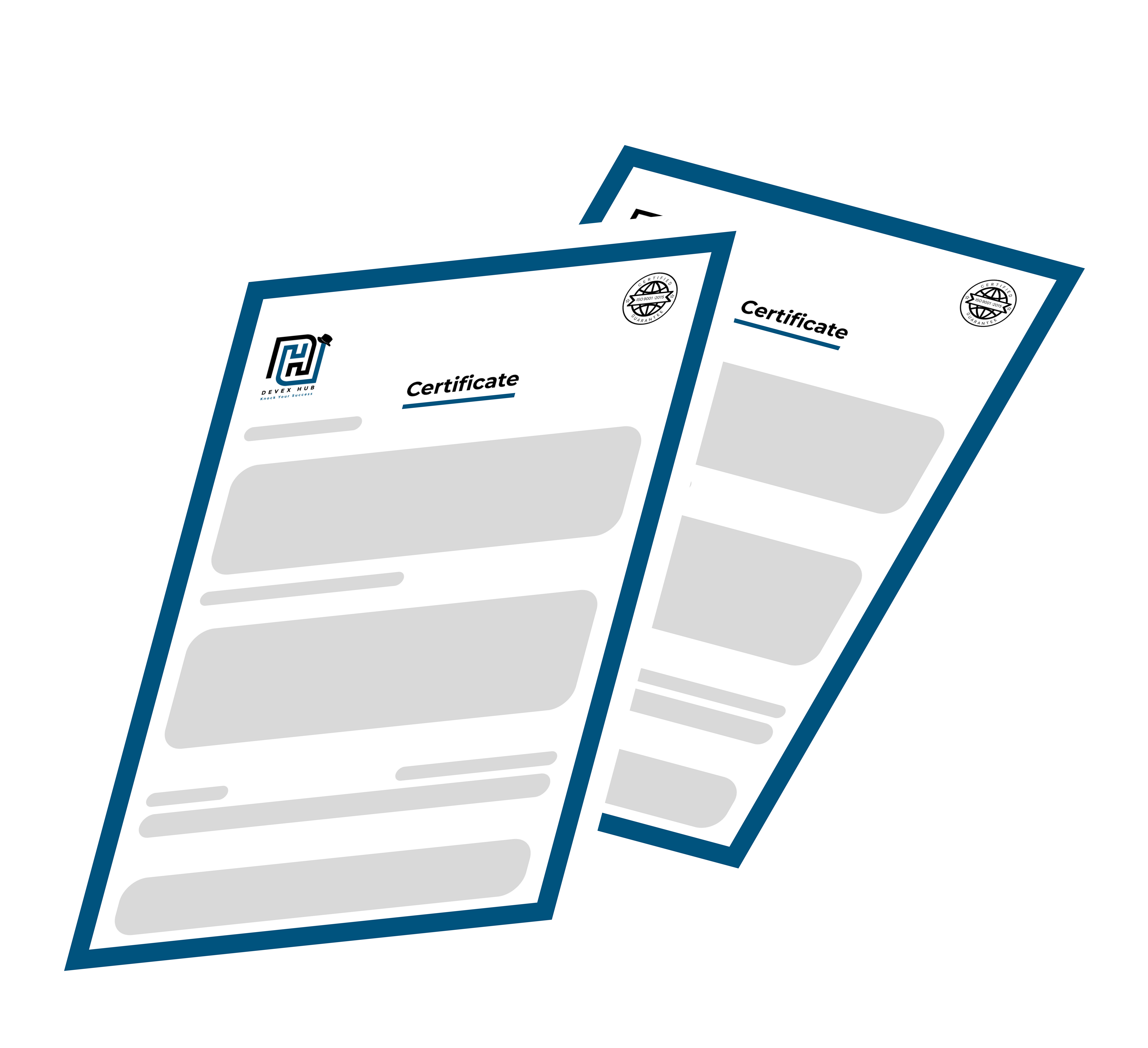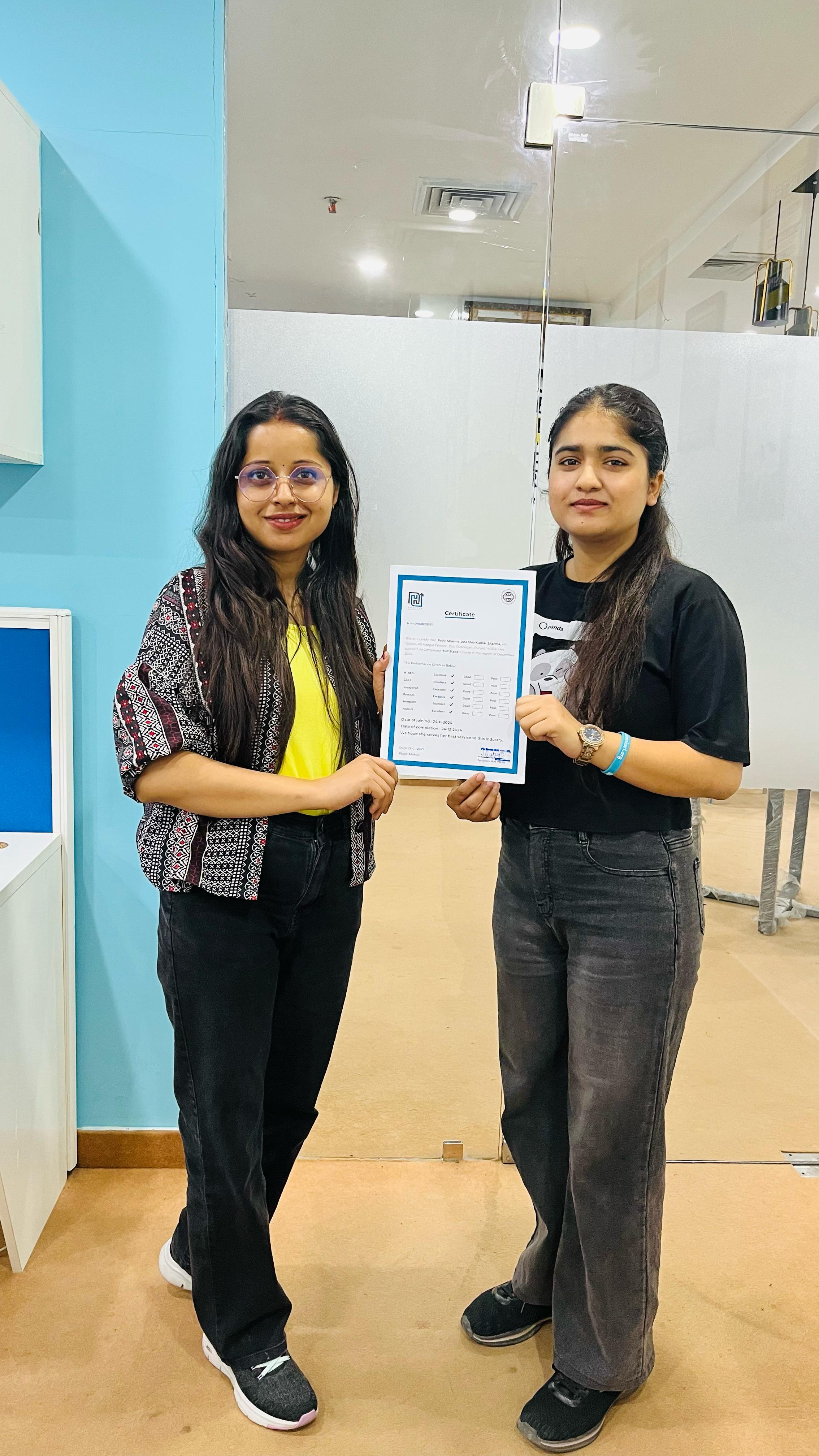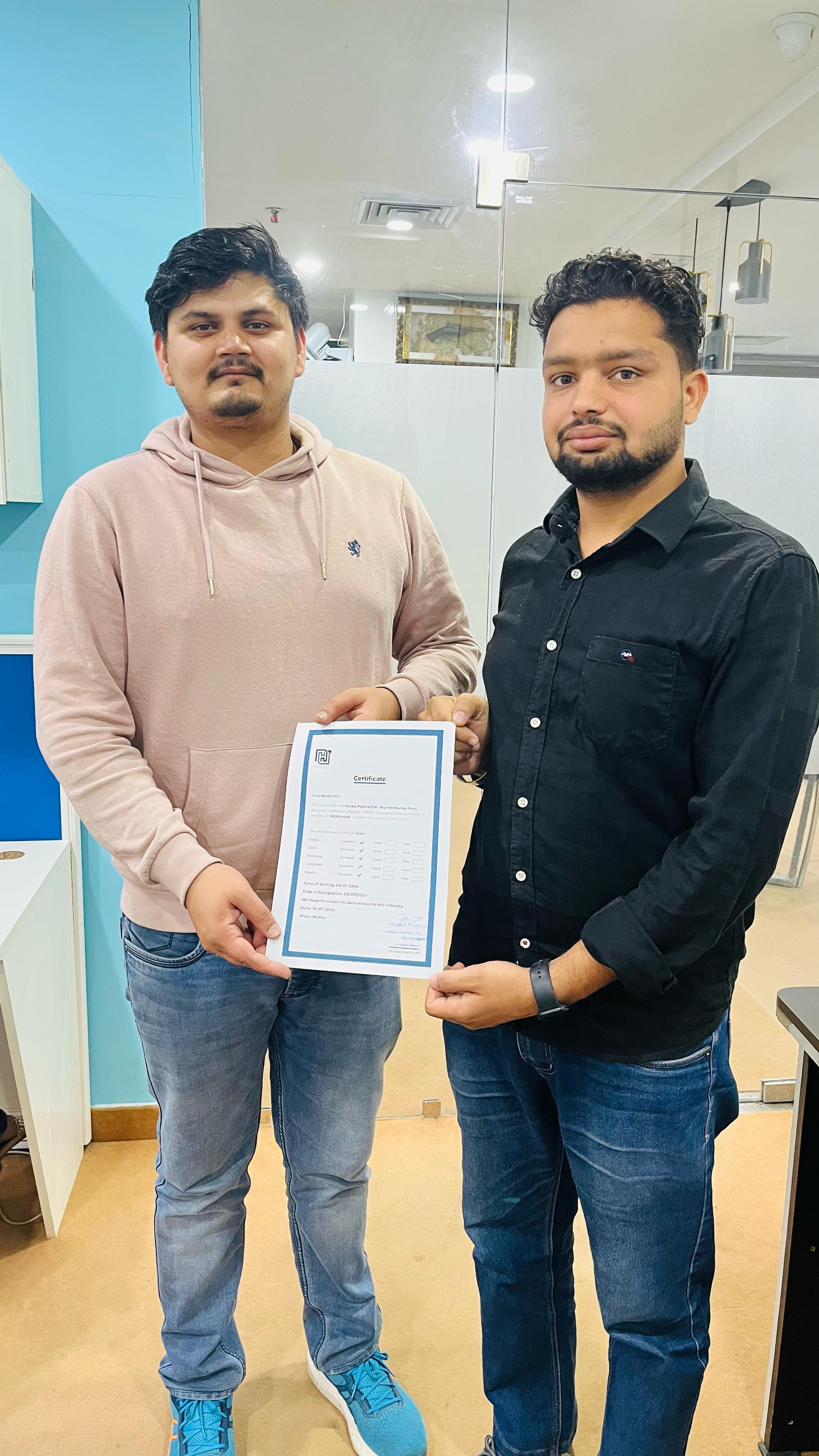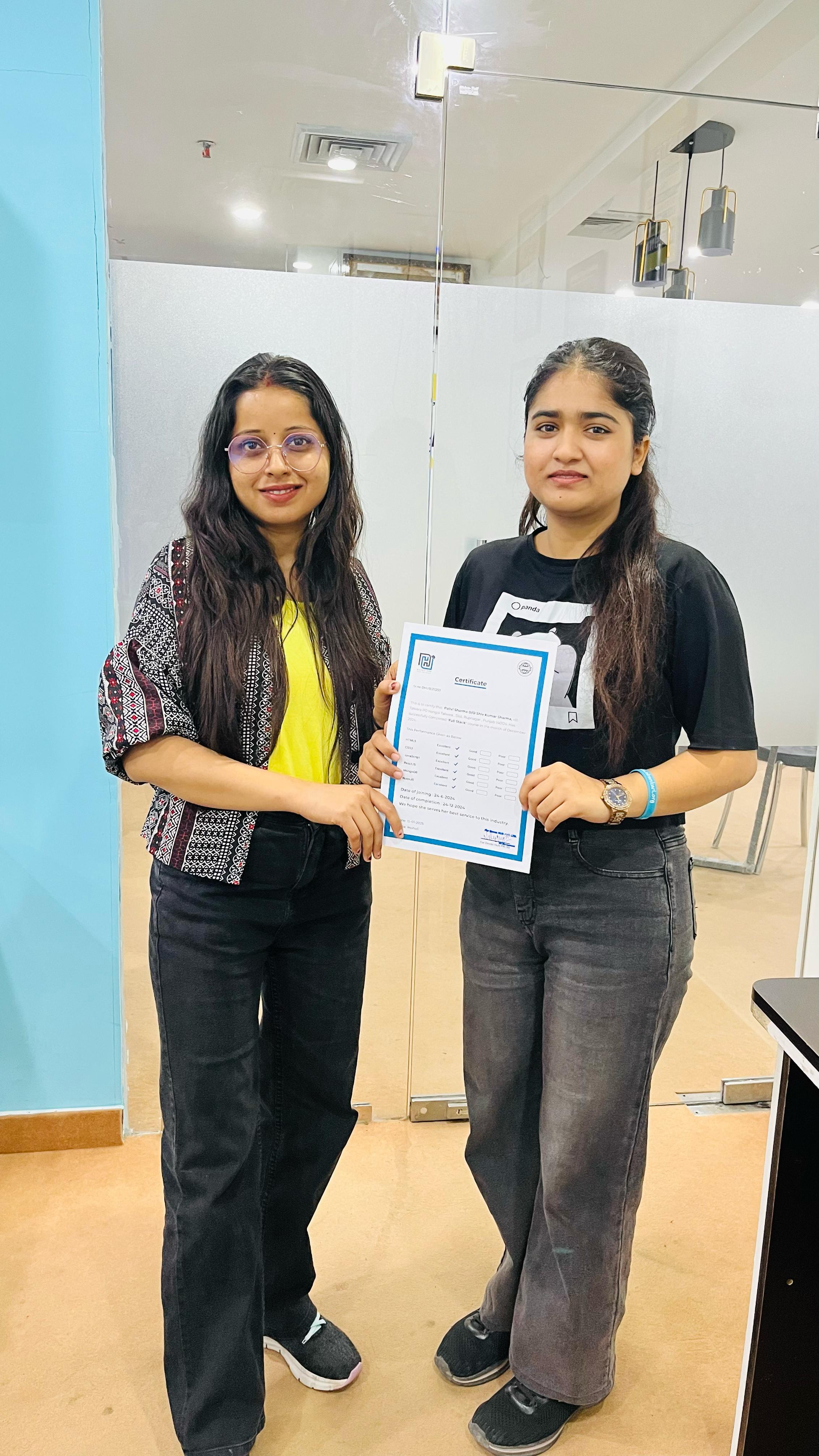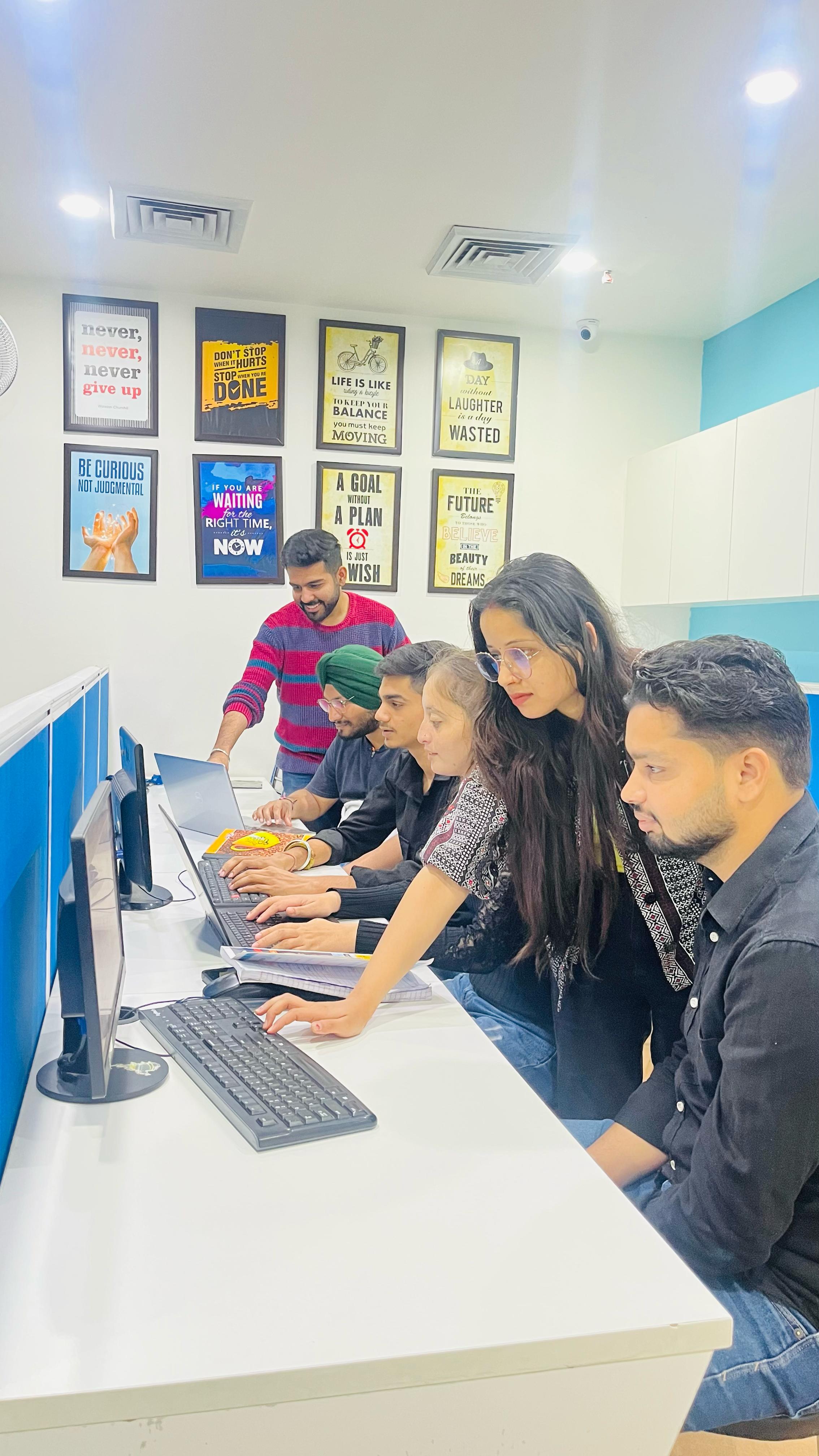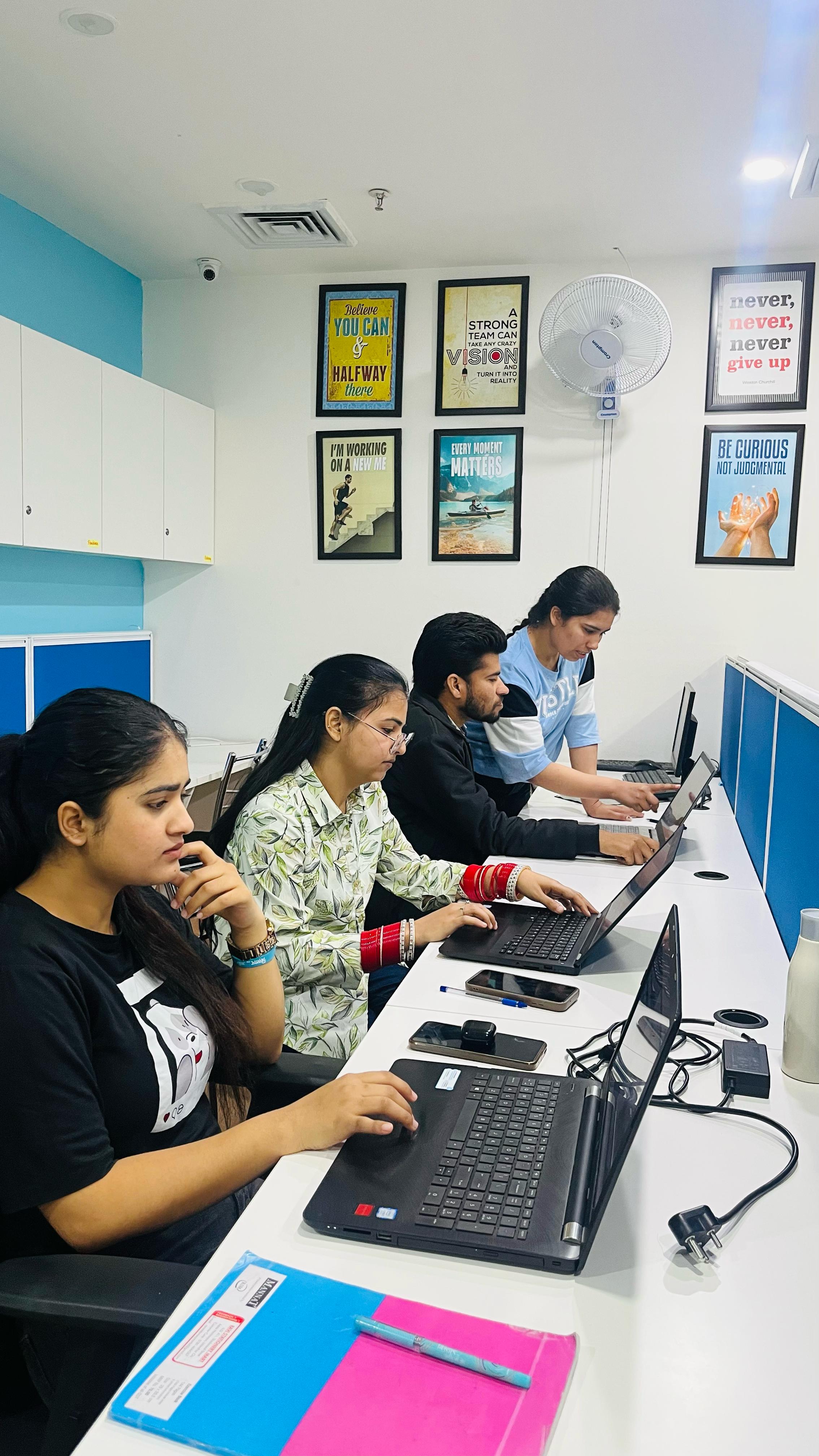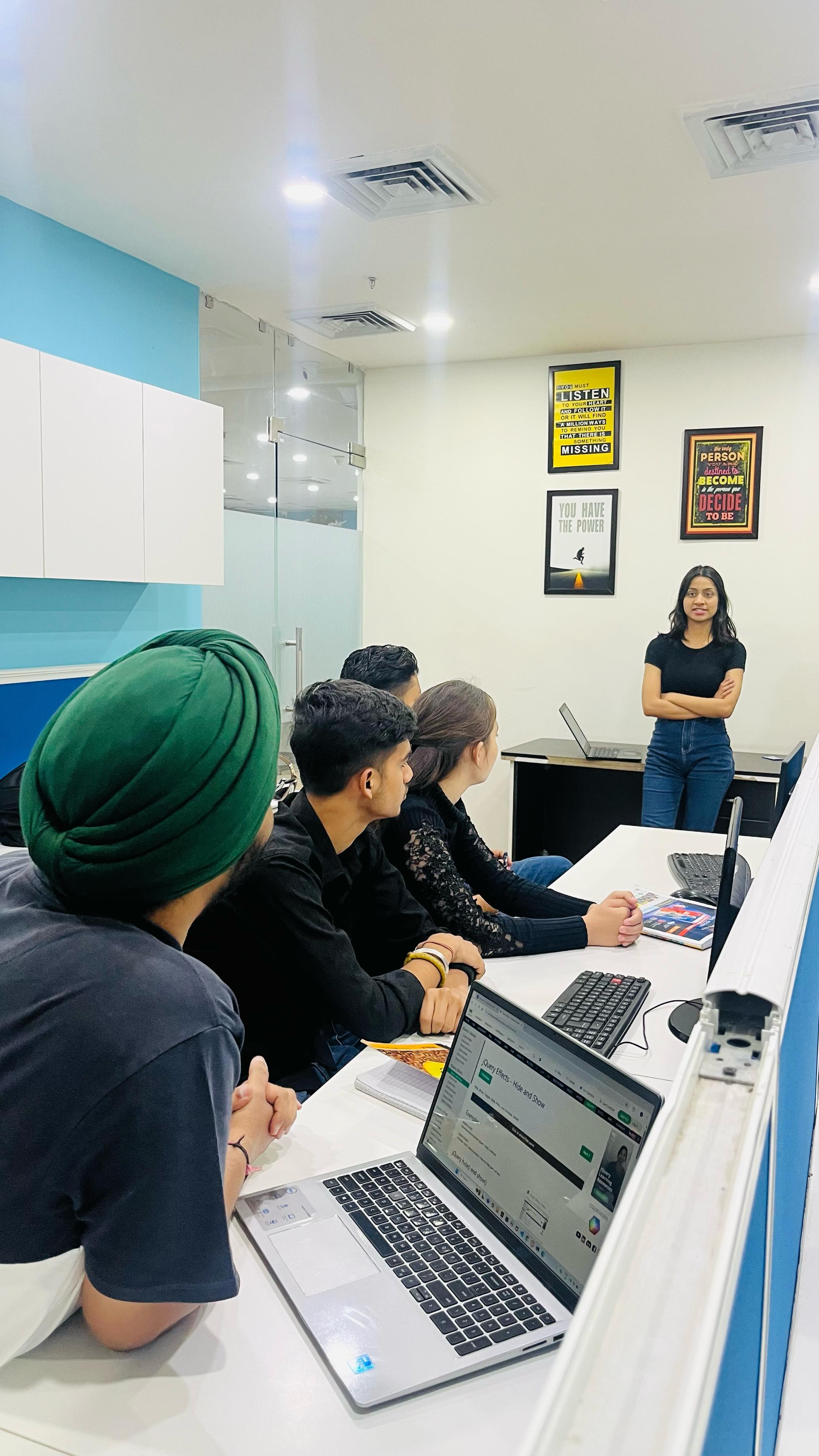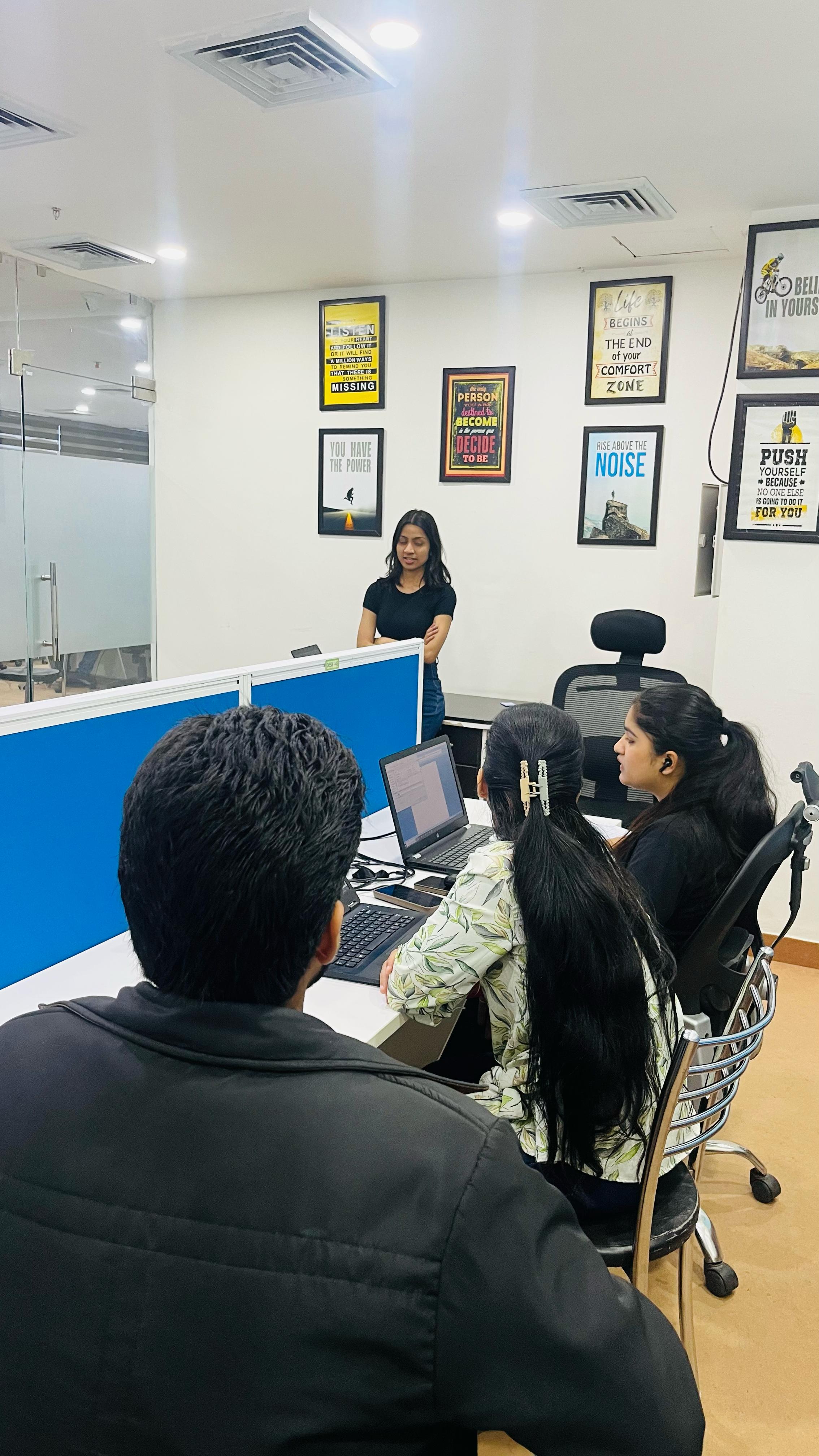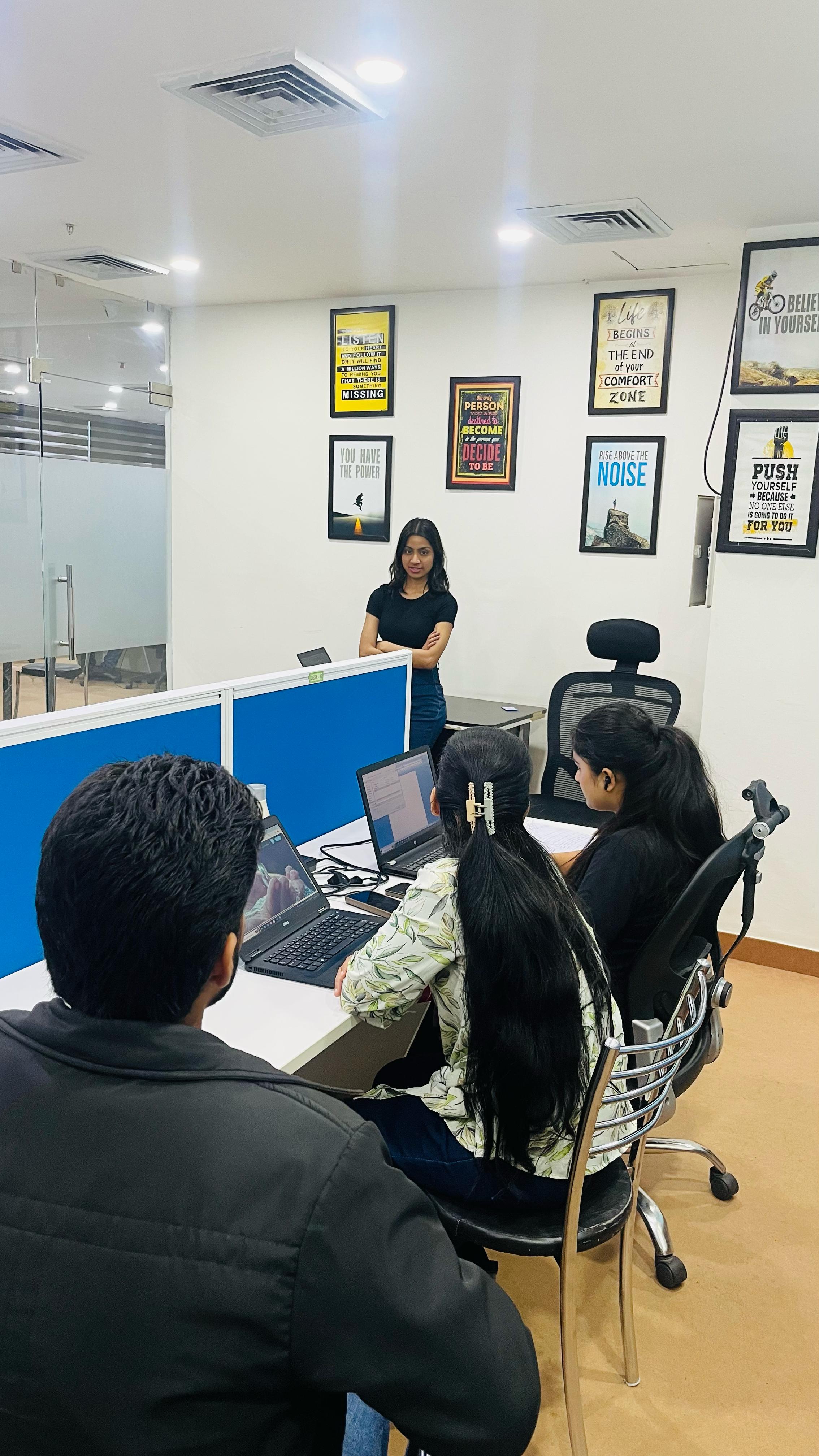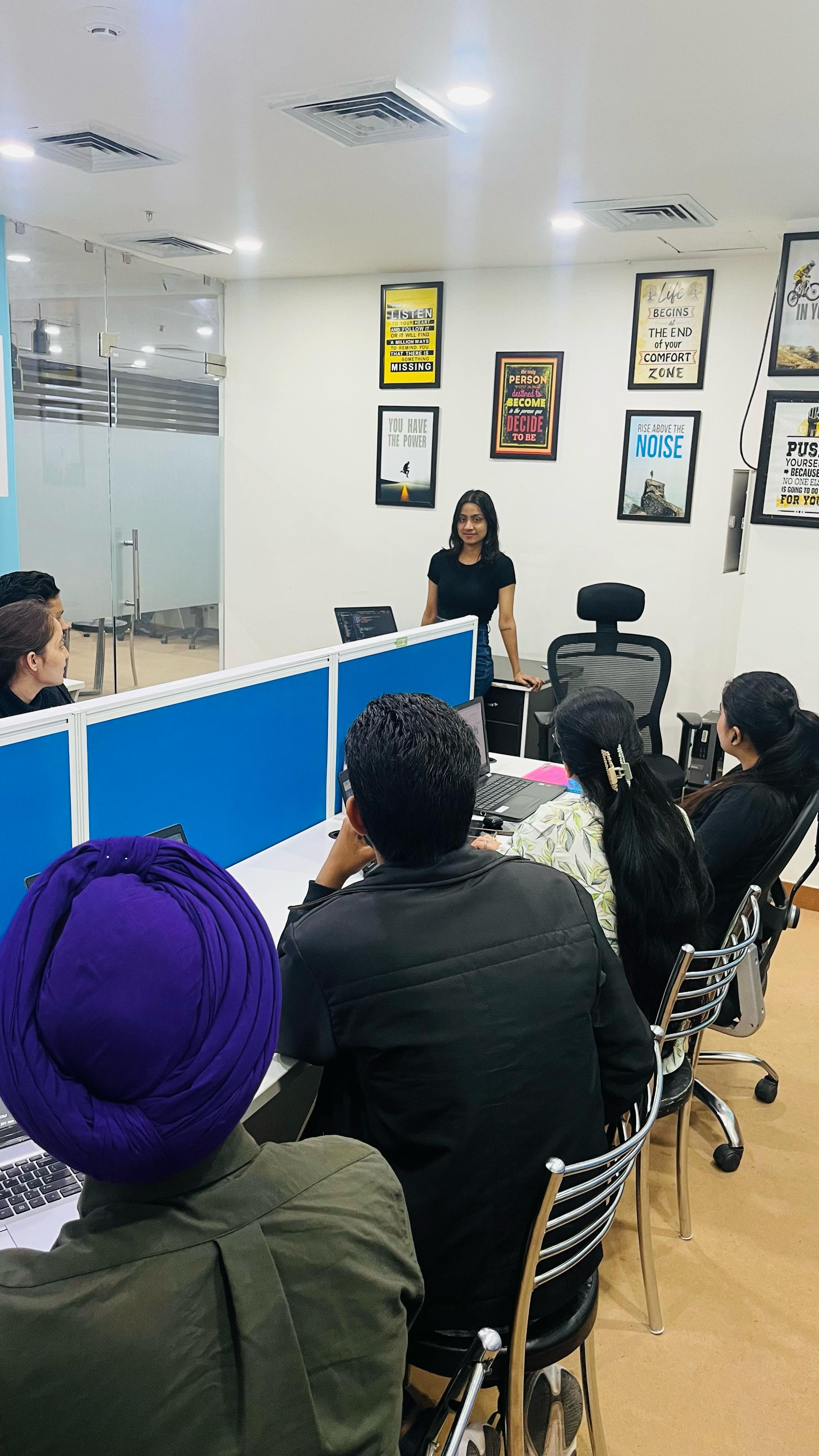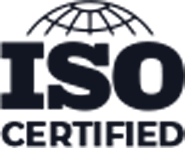Unit 1: Introduction & Basic Concepts
- What is Laravel? Why use it?
- MVC (Model-View-Controller) Architecture
- Installation & Setup (Composer, XAMPP, Valet, etc.)
- Laravel Directory Structure Overview
- Environment Configuration (.env file)
- Basic Routing (GET, POST, PUT, DELETE)
- Route Groups & Prefixing
- Named Routes & Route Parameters
- Route Model Binding
- Introduction to Middleware
- Creating & Applying Custom Middleware and Routing
- Creating Controllers (php artisan make:controller)
- Resource & API Controllers
- Blade Templating Engine
- Master Layouts & Nested Views
- Blade Directives (@if, @foreach, @include)
- Passing Data to Views
Unit 2: Database & Eloquent ORM
- Database Setup & Connection
- Migration Basics (php artisan migrate)
- Creating & Rolling Back Migrations
- Seeding & Factories for Test Data
- Eloquent Models (php artisan make:model)
- CRUD Operations (create(), update(), delete())
- Query Builder vs. Eloquent
- Eloquent Relationships/joins: One-to-One, One-to-Many, Many-to-Many, Polymorphic
- Eager Loading vs. Lazy Loading
- Soft Deletes & Timestamps
Unit 3: Authentication, Authorization & Localization
- Built-in Authentication (php artisan make:auth)
- Custom Authentication Logic
- Multi-Auth Setup
- Middleware for Role-Based Access Control
- CSRF Protection & Tokens
- Password Hashing & Encryption
- Input Validation & Sanitization
- SQL Injection Prevention
- Secure API Authentication with Sanctum/Passport
- Introduction to Localization
- Creating Language Files (resources/lang/)
- PHP and JSON Translation Files
- Setting Default & Fallback Language (config/app.php)
- Using __() and @lang() for Translations
- Dynamically Switching Languages
- Translating Validation Messages
- Handling Pluralization & Formatting
- Custom Exception classes
- Logging errors and exceptions


